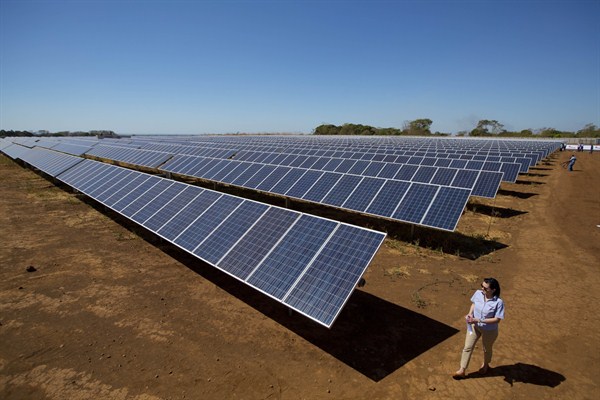Last week, officials from the United States and Central America met in El Salvador to discuss energy cooperation, including developing a regional energy market. In an email interview, Alexis Arthur, an energy policy associate at the Institute of the Americas, discussed U.S. energy cooperation with Central America.
WPR: What is the current state of Central America's energy infrastructure, and how extensive is U.S. cooperation with the region on energy issues?
Alexis Arthur: Central America has become a model for the Latin American region with the interconnection of power grids across six countries. The Central American Electrical Interconnection System, or SIEPAC, as the initiative is known in Spanish, and the corresponding Regional Electric Market, or MER, are fully operational and have already proved their value in boosting the energy security of the region as a whole and at the individual country level in times of crisis, such as drought.

